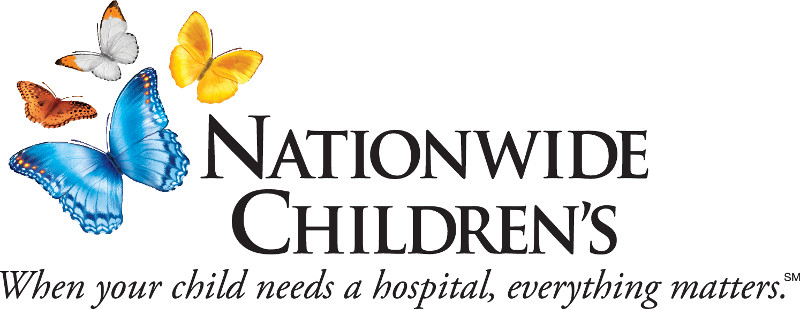Virtually no literature or research exists on how terrorism affects very young children, even in countries like Northern Ireland and Israel. The tragic events of Sept. 11 presented an opportunity for researchers to examine the psychological needs of young children exposed to terrorism. Researchers at Columbus Children's Hospital and Samaritan Behavioral Health Inc. Young Children's Assessment and Treatment Services collaborated on a retrospective study involving a Disaster Child Care (DCC) Center on Pier 94 in New York City, following the attacks on the World Trade Center. The findings were published at the 2003 Pediatric Academic Societies' (PAS) annual meeting.
"One of the objectives of our study was to assess the degree to which the criteria for Traumatic Stress Disorder (TSD) outlined in the Diagnostic Classification 0-3 manual, published by Zero to Three, a premier infant mental health organization, were endorsed for children under age six," said John D. Kinsel, M.S., an infant mental health specialist at Samaritan Behavioral Health Inc. "We also wanted to identify patterns in how caregivers interacted with children and the emotional and behavioral responses of the DCC providers."
An assessment packet was mailed in September 2002 to 93 DCC providers present at Pier 94. The assessment was used to obtain data on demographics, previous work experience with young children, the number and age of children served in NYC, percentage of children exhibiting each of the 11 TSD criteria and observations of parental behaviors and the child care providers' own emotional responses.
The responses were divided into two groups--Group A consisting of child care provider experience with children age 0 to 3 and Group B consisting of children age 3 to 6. In Group A, 44 percent of children showed no TSD symptoms, 25 percent displayed separation anxiety and 17 percent exhibited withdrawal or hypervigilance.
In Group B, 46 percent showed no TSD symptoms, 22 percent displayed hypervigilance, 15 percent exhibited separation anxiety and 10 percent startle response or withdrawal. Open coding of parental behaviors revealed distress in 74 percent, difficulty separating from children in 48 percent and 44 percent "checking in" to see if their child were safe.
"The study showed that for many young children there was increased arousal such as difficulty sleeping," said Michael C. Thomasgard, M.D., associate professor of pediatrics in the Department of Behavioral Pediatrics at Columbus Children's Hospital. "Some of the behaviors could be perceived as aggressive. For instance, in some cases the children re-experienced the trauma through play by reenacting the towers falling."
"At the time of the tragedy we weren't permitted to intervene and conduct interviews with parents," explained Kinsel. "All our research was done post-September 11 with DCC providers. We can make assumptions that if we had interviewed parents at the time of the event that the reported rate of TSD symptoms would have been higher. Especially in light of the fact the children in the DCC were in a play-like setting where they felt safe."
According to both Dr. Thomasgard and Kinsel, this research has huge implications for helping train disaster child caregivers of young children. The long-range goal is to work with FEMA, the Red Cross and the Department of Homeland Security to convey the importance of having researchers there at the moment of crisis.
"This study also has implications for military parents and caregivers of military children," added Dr. Thomasgard. "We need to prospectively examine the effects on young children when parents are called up for duty and the effects of war coverage on TV and TSD in young children."
Columbus Children's Hospital ranks among the top 10 in National Institutes of Health research awards and grants to freestanding children's hospitals in the country. With nearly 500,000 patient visits each year, Children's Hospital is a 111-year-old pediatric healthcare network treating newborns through age 21. In 2002, the Children's Research Institute conducted more than 250 research projects and is the home of the Center for Injury Research and Policy along with other Centers of Emphasis encompassing gene therapy; molecular and human genetics; vaccines and immunity; childhood cancer; cell and vascular biology; developmental pharmacology and toxicology; and biopathology. Pediatric Clinical Trials International (PCTI), a site management organization affiliated with the hospital, also coordinated more than 50 clinical trials. In addition to having one of the largest ambulatory programs in the country, Children's offers specialty programs and services. Each year, more than 75,000 consumers receive health and wellness education, and 2,000 students from 93 institutions and 500 residents receive training at Children's. More information on Children's Hospital of Columbus is available by calling (614) 722-KIDS (5437) or through the hospital's Web site at http://www.columbuschildrens.com.
MEDIA CONTACT
Register for reporter access to contact detailsCITATIONS
Meeting: Pediatric Academic Societies
